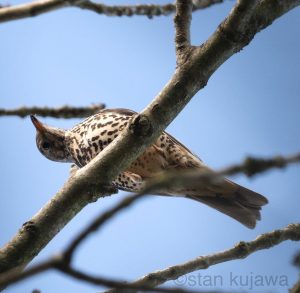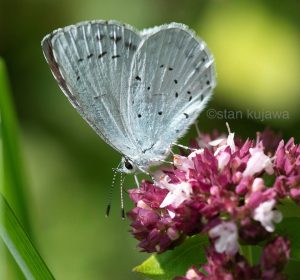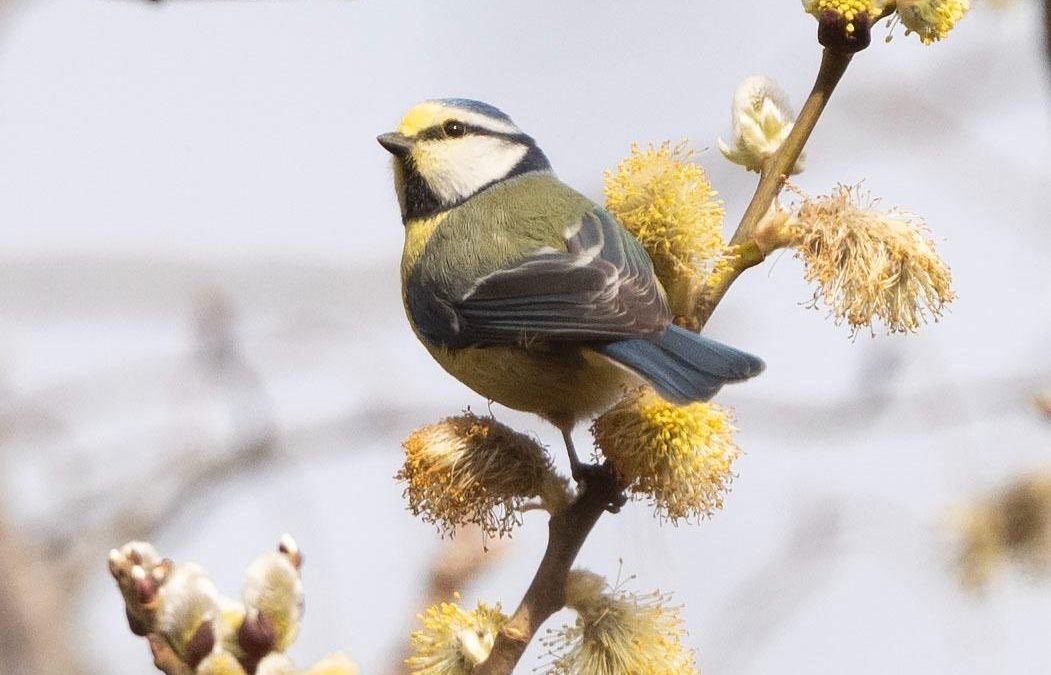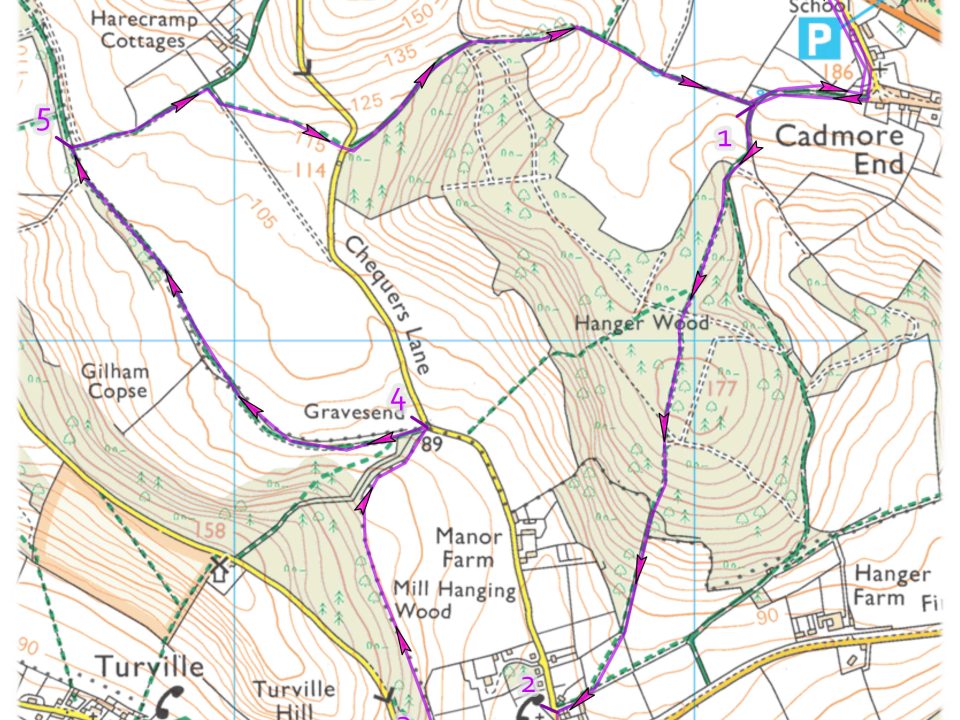
Brush Hill & Whiteleaf Hill Walk
January 3, 2025
Aylesbury Waterside Theatre
February 28, 2025With spring arriving, here at Aston Rowant National Nature Reserve, we see a real shift in species recording, with this time of year being one of the most exciting times for bird surveys.
The top photo is of a cheery Blue Tit – its yellow tinged faced a telling tale of the value of early food sources. Catkins in particular, are an important food source early in the spring: species like Blue Tits will forage on them intensively, looking for invertebrates like aphids as well as feeding on the nectar.
Other birds to keep an eye out for is our thrushes. Having spent the winter here feeding up on berries, two migrant thrushes, Fieldfare and Redwing, will be starting their migrations to their spring and summer breeding grounds. However, our resident thrushes, Mistle and Song Thrush, can often be spotted amongst scrubby hedgerows. Mistle thrushes have a white underwing, and the tips of the feathers are edged with white, unlike on Song thrushes, with the feather edges a more brown, rusty colour. Looking at the chest, the speckles on a Mistle thrush are rounder, forming dark patches, compared to the speckles on the Song thrush chest, which are streakier, looking a bit like upside-down hearts.
Butterflies will also begin to emerge as the weather continues to warm. Amongst the first, species such as Green-veined white, Peacock and Brimstone will be seen on warmer, brighter days. Our first blue butterfly, the Holly blue also emerges in early spring. This is an easy blue butterfly to ID: as well as emerging before any of the other blue butterflies, it also tends to fly much higher than other blue butterfly species, around trees, rather than closer to ground level. It is often spotted around Holly bushes in Spring, and around Ivy in late summer.
Woodland botany will also be waking up: a visit to our high canopy beech woods will yield carpets of delicate little white flowers called wood anemones. The white looking petals are actually sepals, and can have subtle purple streaks running their length.
So do make the most of the warming weather and see what early spring species you can see and enjoy this season.




